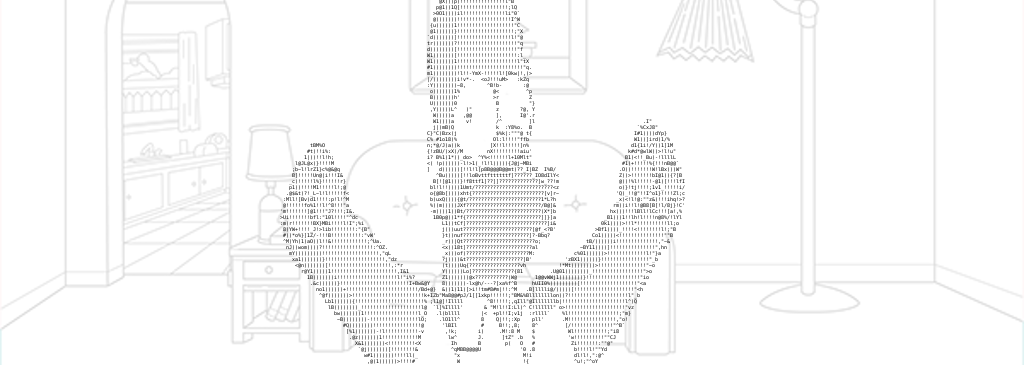

abstract asciify_image( image: numpy.ndarray) -> str.options: ConverterOptions - Options used when converting media.default value is None (which doesn't apply any contrast filter)Ĭlass ConverterBase( options: ConverterOptions).contrast: Optional - how much to increase the contrast by.must be between -1.0 and 1.0, 0.0 is no change to saturation.default value is 0.5 (which increases the saturation).

saturation: float - how much to adjust the saturation.default value is 1.0 (which doesn't change the height by anything).y_stretch: float - how much to stretch the height by.default value is 1.0 (which doesn't change the width by anything).x_stretch: float - how much to stretch the width by.height: Optional - height in characters of the final converted image.width: Optional - width in characters of the final converted image.gradient: str - string containing the characters the converter will use when converting the image to ascii.Toascii video "C:\Users\miloi\Videos\omni_man.mp4" colorconverternim -height 32 -width 48 -saturation 0.5 -contrast 0.01 -loopĪPI Reference Usage Examples Folder class ConverterOptions(*, gradient: str, width: Optional, height: Optional, x_stretch: float, y_stretch: float, saturation: float, contrast: Optional) Toascii image "C:\Users\miloi\Pictures\my_image.png" colorconverter Toascii video 0 grayscaleconverternim -xstretch 3 -height 56 -saturation. loop - whether or not to loop the video when it is done playing.contrast - how much to modify the contrast, a value from 0.0 to 1.0.saturation - how much to saturate the image, a value from -1.0 to 1.0.ystretch - the amount to stretch the height by.xstretch - the amount to stretch the width by.height - an integer value for the height in characters of the final converted image.width - an integer value for the width in characters of the final converted image.gradient - the characters used when converting an image to ascii.converter - the converter used to convert the media, check this file for the available options.source - the source for the media, this is the primary argument in constructing an instance of an OpenCV VideoCapture.media_type - the type of media, either image or video.

Note: Required arguments are surrounded in, optional arguments are surrounded in.
#ASCII IMAGE CONVERTER FULL#
The reason for wanting a command-line program is to batch process a folder full of images. Made by converting the source image to greyscale and then with the following command: img2txt -W 70 -f tga input.jpg > output.tga I'm also aware that libcaca can save its output to an image, but it only outputs colourful ascii, like below. However, the former cannot be done via the command line and the latter only lets you view the output, not save it (I don't want to resort to taking a screenshot of the output). I'm aware that GIMP has the ability to save an image as ascii art and aview can also convert an image to ascii. The output that I desire from a program should be similar to this one, which was created by taking a screenshot of the output of an image-to-ascii converter (the output was pure text) To illustrate what I'm in need of, I want to convert the image below into ascii art Is there a command-line program (for Linux) that can convert an image to ascii art and then save that output as an image e.g.


 0 kommentar(er)
0 kommentar(er)
